Are you looking for fruits that start with P? Here are 37 fruits that begin with P, along with some helpful information about each one. Have you heard of them all?
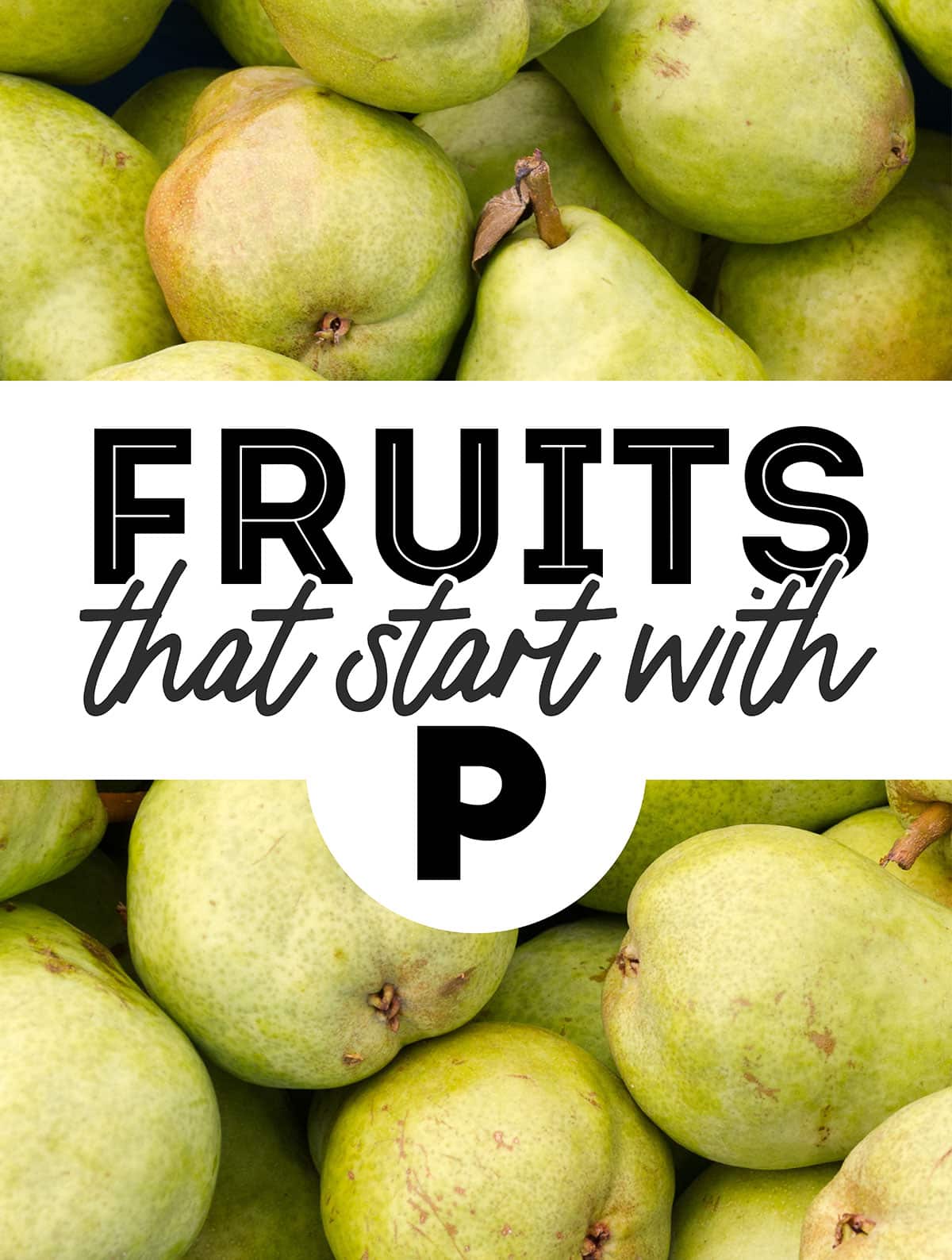
We can think of a lot of reasons to want a list of fruits that begin with P. Whatever your specific reason we hope this list of fruits that start with the letter P inspires you! And if you are looking for a recipe featuring a P list fruit, here are a few of our favorites.
- Pacific Rose Apple
- Palestinian Sweet Limes
- Papaya
- Parsonage Pears
- Passion Fruit
- Paw Paw
- Peaches
- Peach Palm Fruit
- Pears
- Pecan
- Pequi fruit
- Persian Limes
- Persimmons
- Petit Rouge Grapes
- Peumo Fruit
- Pie Pumpkins
- Pigeonplum trees
- Pigface Fruit
- Pili Fruit
- Pineapple
- Pineberries
- Pink Lady Apples
- Pink Pearl Apples
- Pinot Noir Grapes
- Pinova Apples
- Pitaya
- Plantains
- Plums
- Plumcots
- Pluots
- Pomato
- Pomegranate
- Pomelo
- Ponderosa Lemons
- Prickly Pears
- Prunes
- Pumpkins
Pacific Rose Apple
It is not surprising that our list begins with an apple variant as there are around 30,000 variants grown worldwide with 2,500 of these grown in the USA. The Pacific Rose apple was developed in New Zealand in 1990 and brought to America shortly after. They are grown today in Washington State.
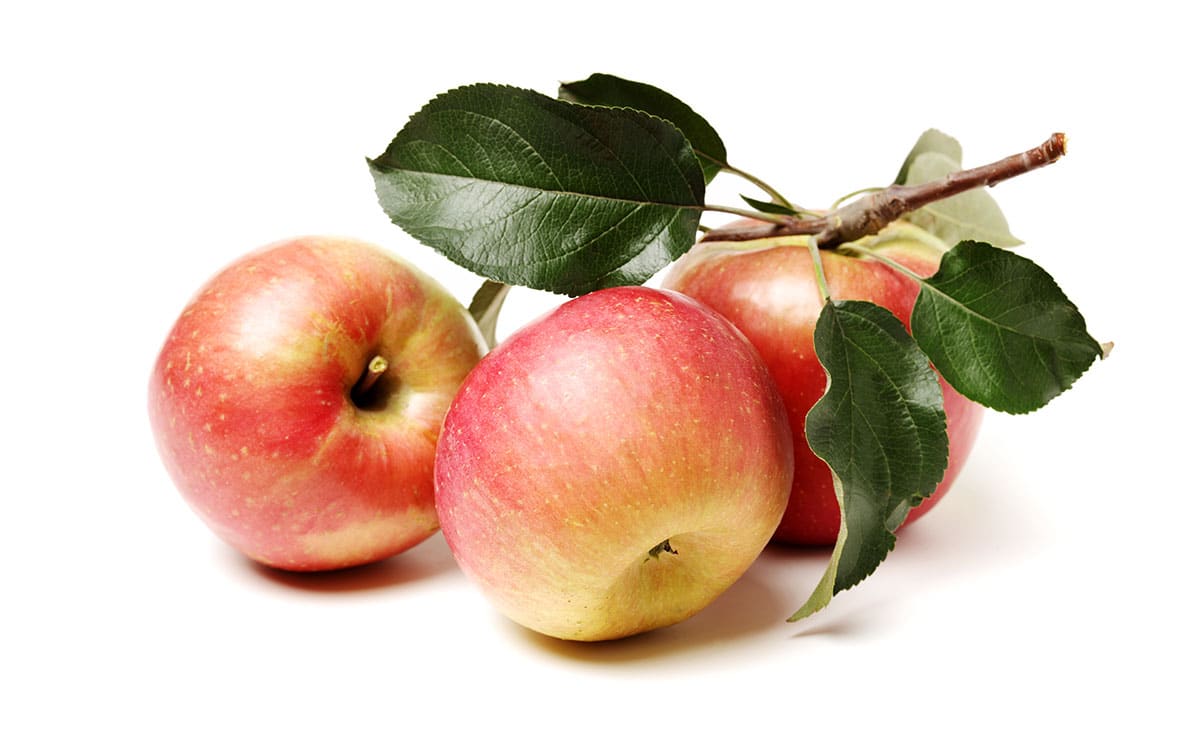
Palestinian Sweet Limes
Palestinian Sweet Limes are noteworthy for being less sour than most limes as they are simply less acidic giving them a sweeter tangy flavor. This makes them a great alternative for our Key Lime Pie Smoothie Recipe.
Papaya
Papaya originated in Central America likely millennia ago, but today India is the world’s leading grower of this super healthy fruit. While we can’t substantiate the claims, there is evidence that this nutrient dense fruit aides in digestion, diabetes control, heart disease, and possibly cancer prevention. But hey, they also just taste great.
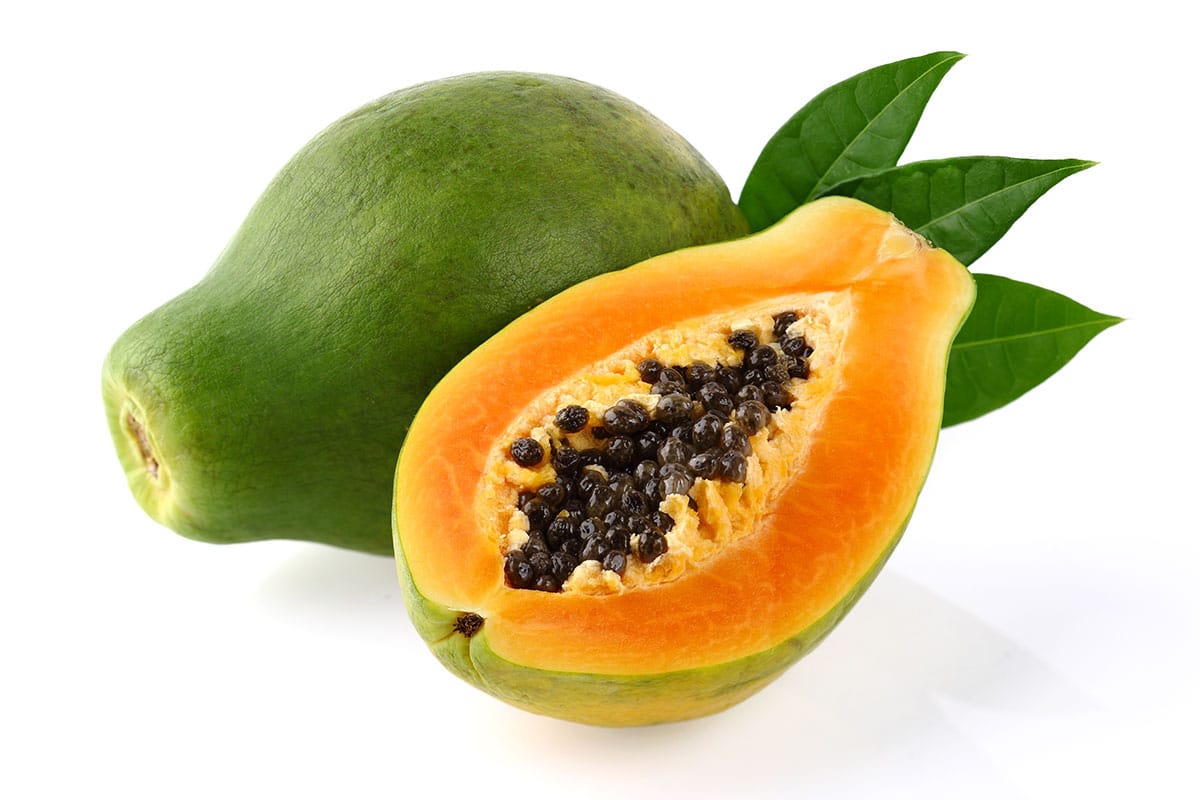
Parsonage Pears
Parsonage Pears were introduced in New York in 1857 on the parsonage of a Reverend Morgan. They are a larger pear sometimes said to be gritty. They are just one of the nearly 3,000 varieties grown around the world. Like many other varieties they would go well with this Dutch Poached Pear Recipe.
Passion Fruit
Passion Fruit is a tropical fruit indigenous to Brazil, Paraguay, and Northern Argentina, though you can now find it growing in many places around the world, to include Hawaii and Florida! On the outside, passion fruits are typically dark purple, sometimes wrinkly, spheres. On the inside, passion fruits are bright yellow, with many black seeds. The inside is the edible portion of the fruit. Passion fruit tastes tart and sweet, with a strong tropical aroma great in a number of passion fruit recipes. Obviously, we have a passion for this fruit, but should you want to know still more see Passion Fruit 101: Buying, Health Benefits and More!
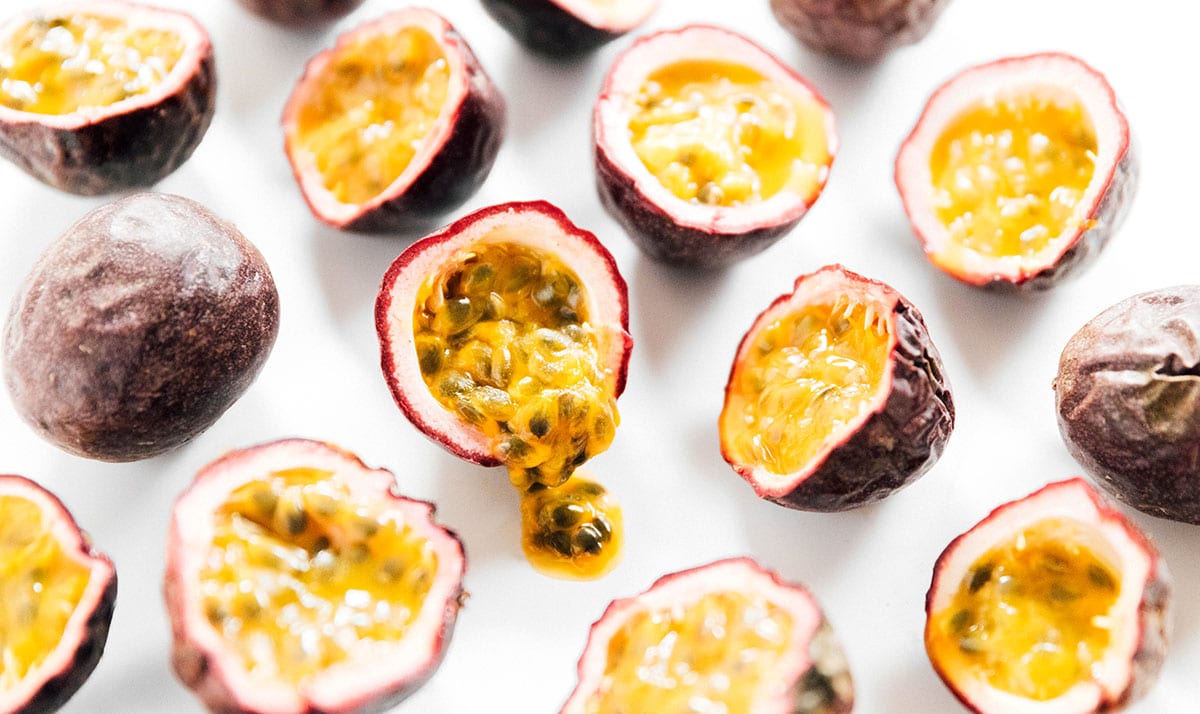
Paw Paw
Paw Paw have been grown in North America since well before Columbus. Today they grow from Michigan down to the Florida Panhandle and as far west as Kansas. Many people say the best way to eat a Paw Paw is to take it off the tree, peel back the skin, suck out the pulp, and spit out the seeds. They bruise easily and have a short shelf life, so you won’t find them in the grocery. Try a farmer’s market!
Peaches
Peaches are an American favorite and are super healthy. At about 11 calories an ounce they are certainly low calorie, and like most orange pulped fruits are high in vitamin A. and C. The uses for peaches, both yellow and white peaches, are endless, but if you want to try something different and decadent check out this Grilled Peach Caprese.
Peach Palm Fruit
Peach Palm Fruit are native to the tropical forests of Central and South America. It is widely used as an animal feed. The starchy fruit is often used as a corn substitute in feed mixtures though it can certainly be eaten by people and has been for centuries generally after boiling.
Pears
Pears are grown and consumed in much of the world, and there are around 3,000 varieties. It is a high fiber fruit that can be eaten so many ways, raw, dried, candied, juiced, in wine, schnapps, etc. Check out our guide to pear variety guide, and perhaps consider yet another way to enjoy pears in Pear Pizza with Gorgonzola and Thyme.
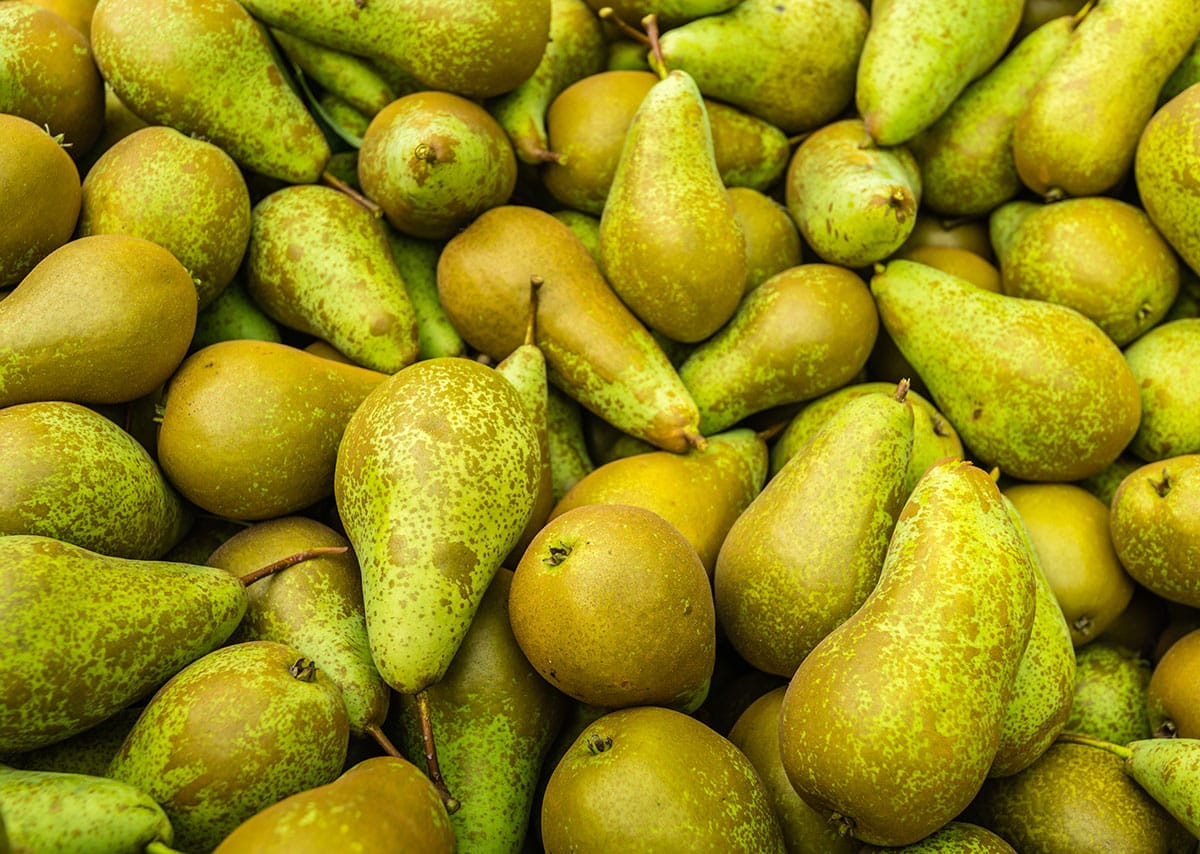
Pecan
Pecan is a fruit that many think of only as a nut. It is native to the southern USA and northern Mexico. The Pecan tree is cultivated mostly for its seed though the wood is occasionally used as well.
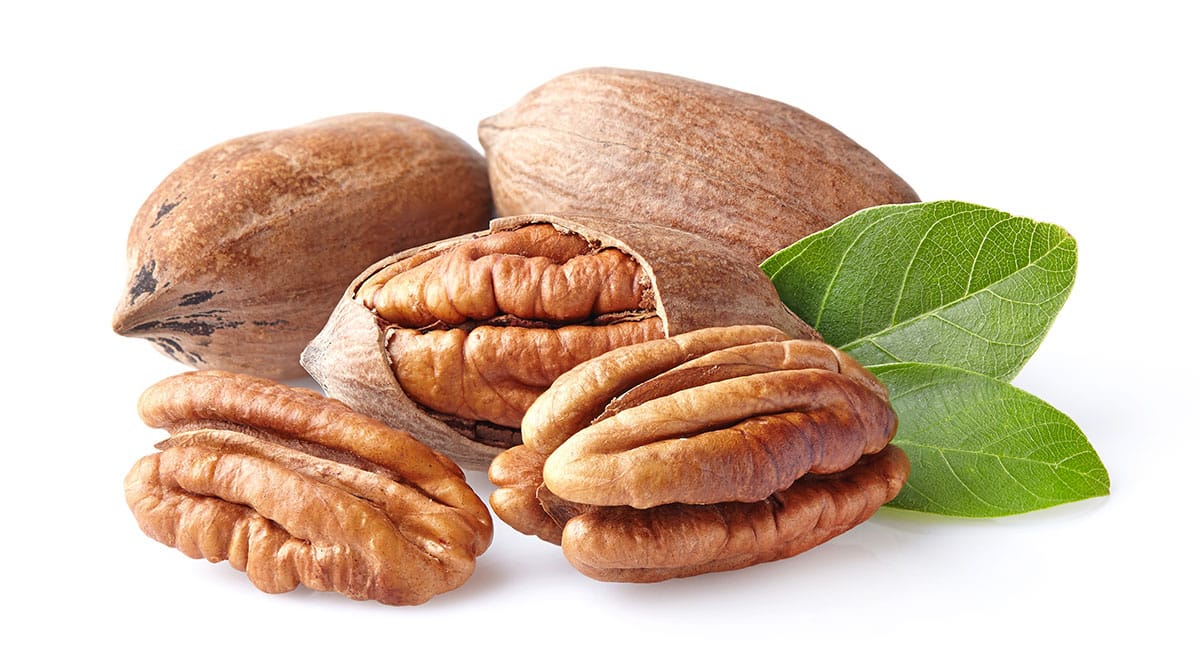
Pequi fruit
Pequi fruit grow mostly in Brazil. They grow to the size of an orange, but are rather difficult to eat. Once you cut it open and remove the large orange pit, you have to be careful to avoid the tiny spikes that surround the pit. Pequi are typically nibbled at by locals who know the risk to eating this citrus and cheese flavored fruit.
Persian Limes
Persian Limes are actually a cross between Key Lime and Lemon and are not as sweet as key limes. The Persian lime is the most common commercially sold lime in the world. Limes are a healthy fruit with a lot of uses mostly in drinks like The BEST Hugo Spritz Cocktails and this Healthy Key Lime Pie Smoothie Recipe.
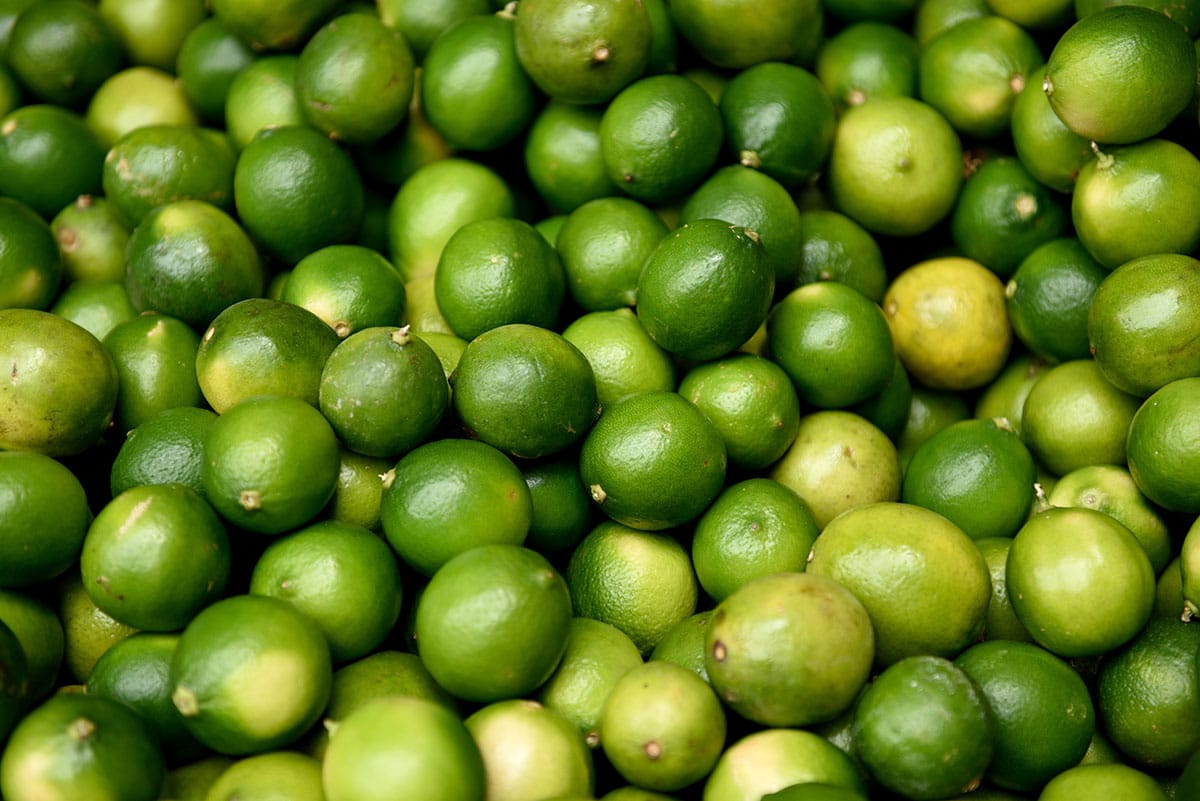
Persimmons
Persimmons are grown and eaten in many regions across the globe. In the United States they are grown primarily in California and Florida. Persimmons are usually eaten without preparation other than chilling, but they are also added to fruit and vegetable salads, ice cream, yogurt, and all manner of desserts and jams.
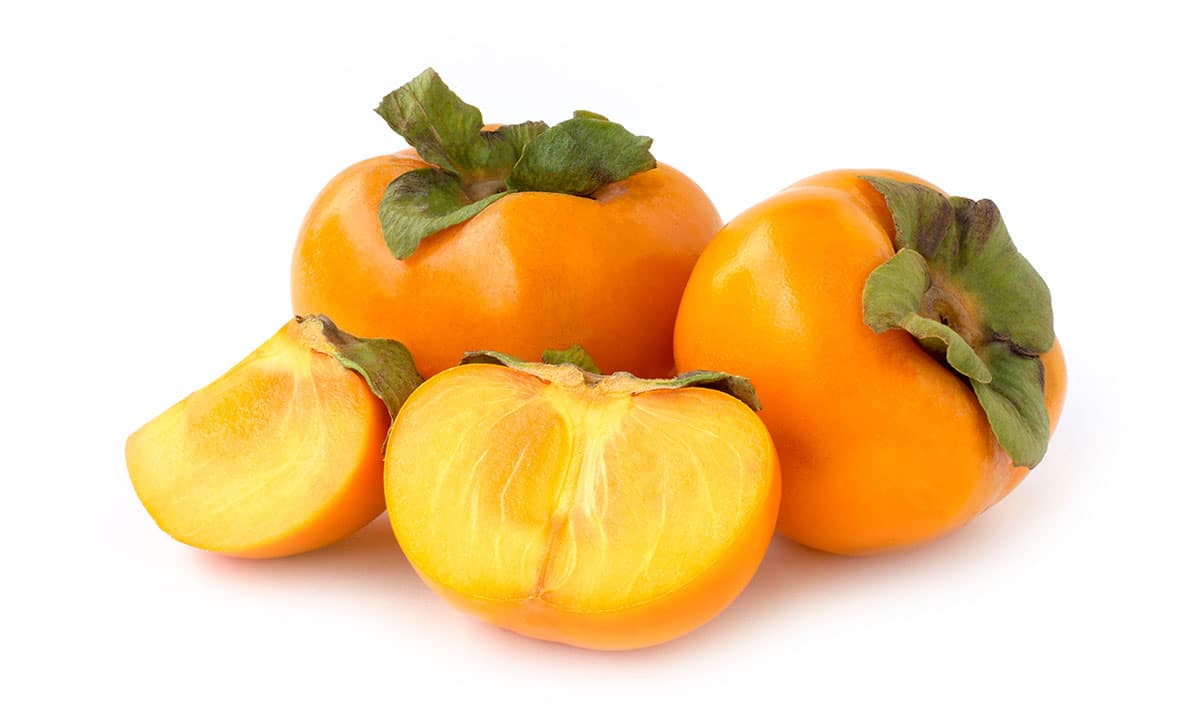
Petit Rouge Grapes
Petit Rouge Grapes are a dark-skinned variety (almost gray) grown in Northwestern Italy. They are a small round variety used mostly for, what else, wine. Now if you have a sudden urge to do something with grapes other than drink their sweet fermented nectar, check out Everything You Need To Know About Grapes .
Peumo Fruit
Peumo Fruit are native to South America specifically Chile and Argentina. The seeds of this fruit are harvested for their oil. The tree’s wood also appears to be more sought after than the fruit which is sometimes used in animal fodder.
Pie Pumpkins
Pie pumpkins come in the same bright orange shade as traditional pumpkins, but they’re smaller and rounder. As their name suggests, they are perfect for baking! Their sweet flavor makes them great for pureeing How to Make Homemade Pumpkin Puree and using in pies, muffins, cupcakes, and a lot more. They’re also not as stringy as traditional pumpkins! Baking doesn’t have to be the sole purpose of these pumpkins. Give Healthy Pumpkin Smoothie Recipe (with Coffee!) a try.
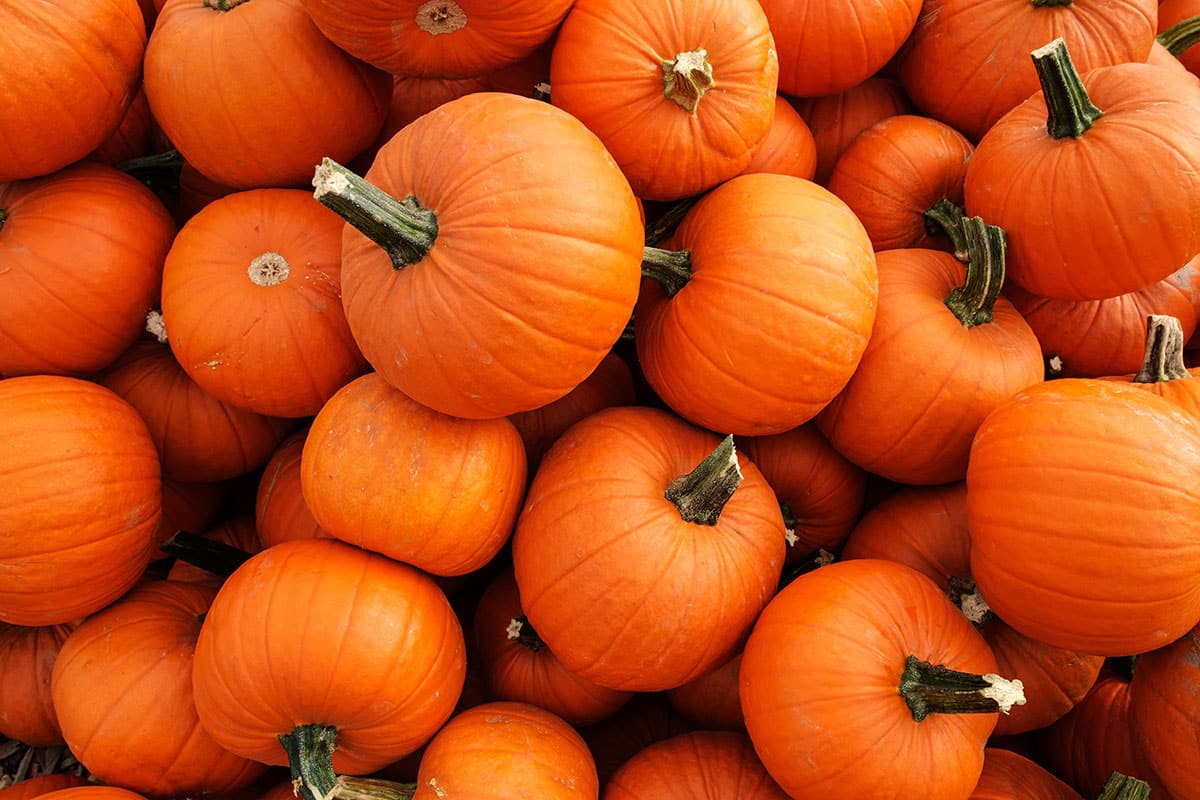
Pigeonplum trees
Pigeonplum trees are native the Caribbean, Central America & Mexico, the Bahamas, and Florida. Their small berries are edible and can be made into jam or wine, but you will struggle to find a recipe calling for them. They appear to be mostly eaten by birds.
Pigface Fruit
Pigface Fruit is also known as the Ice Plant or Sour Fig. It is an Australian bush food once eaten by native aborigine people. They are said to taste similar to a salty apple.
Pili Fruit
Pili Fruit is common in the Philippines where they are used more for the seed though the pulp is also edible.
Pineapple
Pineapple is indigenous to South America though many of us think of Hawaii should we contemplate pineapple. A question often asked is Why Does Pineapple Make My Mouth Hurt? Well, fresh pineapple contains an enzyme called bromelain which breaks down proteins. So essentially, the enzyme is working away at your mouth as you chew the pineapple, which can cause some irritation, tingling, or pain. Once you swallow the pineapple, your stomach has what it needs to protect itself from bromelain, so fear it not! In fact, bromelain may even help reduce inflammation. More about pineapples here!
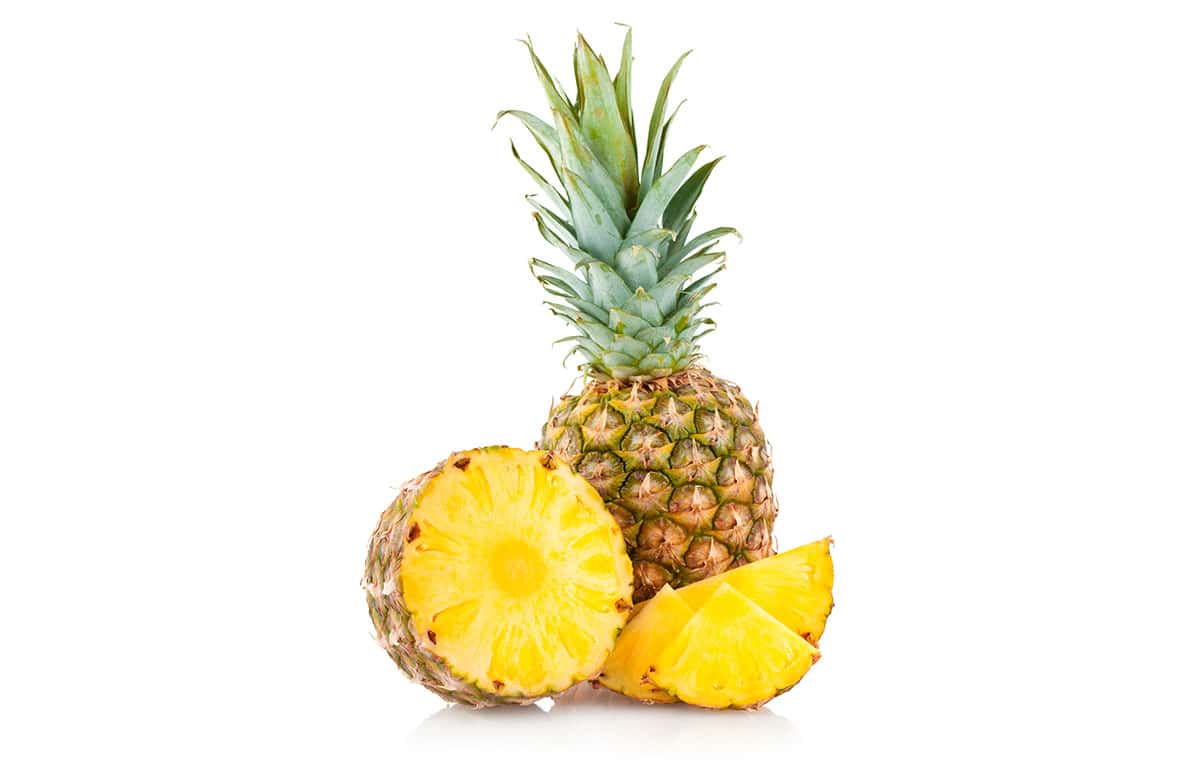
Pineberries
Pineberries are a strawberry that nature inverted. They are white with small red seeds. They are smaller than most “normal” strawberries, but share the same great nutrition profile.
Pink Lady Apples
Pink Lady Apples are a type of apple that were developed in Australia in 1973, but are now grown around the world. In the United States Washington State is the largest producer. This is just one of the 2,500 or so apple varieties grown in the US. There may be as many as 30,000 apple varieties worldwide today. Apples have been grown and eaten since the Roman Era and quite possibly before that.
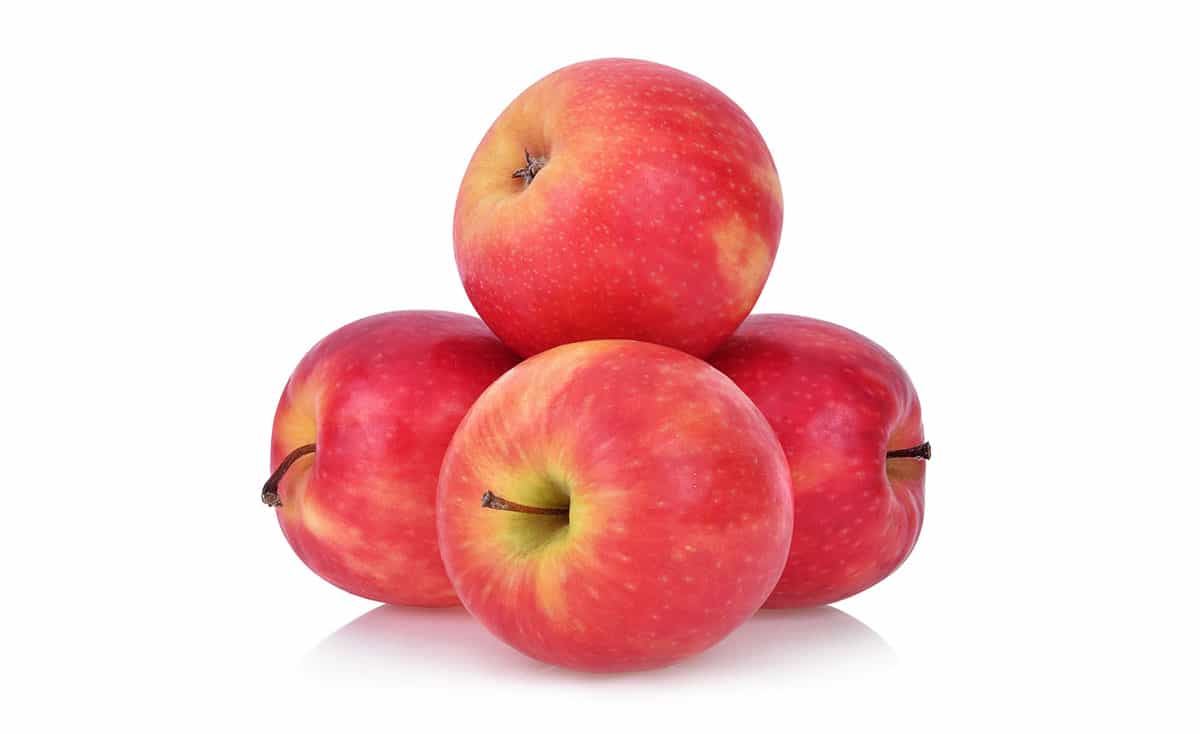
Pink Pearl Apples
Pink Pearl Apples appear to be the apple that nature turned inside out. Actually, nature didn’t make them this way, but Mr. Albert Etter of California did in 1944. They are known for being crisp and juicy with a tart to sweet taste. What do you do with a uniquely colored apple with such a flavor profile? Our vote is Slow Cooker Stuffed Apple Recipe would be a good recipe to showcase the unusual red interior.
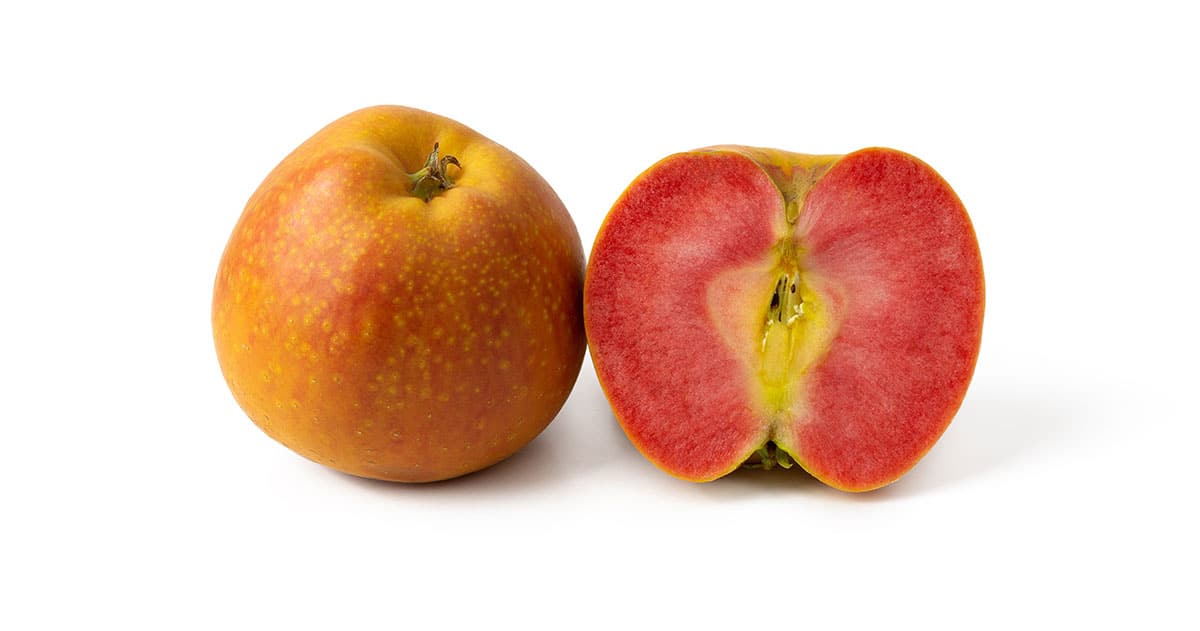
Pinot Noir Grapes
Pinot Noir Grapes are one of the oldest cultivated grape varieties in France. These red grapes were the grandparents of Sauvignon Blanc and Cabernet Sauvignon. Though from France, they are grown in many nations around the world today.
Pinova Apples
Pinova Apples are a German cultivar created in 1965 in what was then East Germany. Today they are grown all over Europe. There may be as many as 30,000 apple varieties worldwide today, and 2,500 of these are grown in the United States.
Pitaya
Pitaya is more commonly known as the dragon fruit. They are native to Southern Mexico and Central America, but it is now grown worldwide. The name, obviously, comes from their exotic scaly look. The dragon fruit taste something like a cross between pears and kiwi. They are generally eaten by cutting them in half and eating out of the skin, or peeling them and cutting them into chunks to eat plain, with yogurt, or perhaps on a salad.
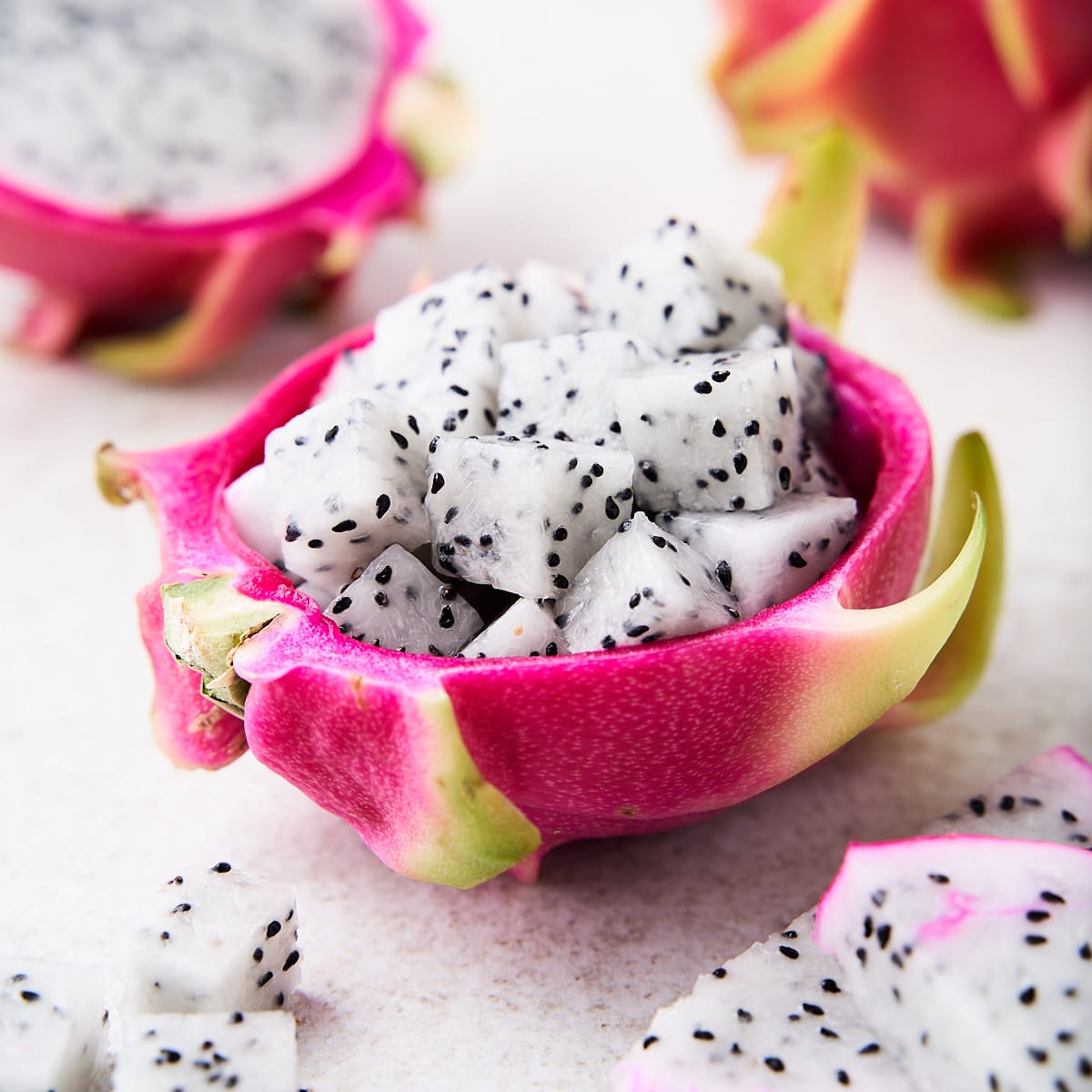
Plantains
Plantains are a member of the banana family, but they are starchier and lower in sugar. For this reason they generally aren’t eaten raw as bananas are. They are native to India and Caribbean where they are treated more like a vegetable and cooked into savory recipes. They can, however, certainly be used in sweet recipes perhaps fried with sugar.
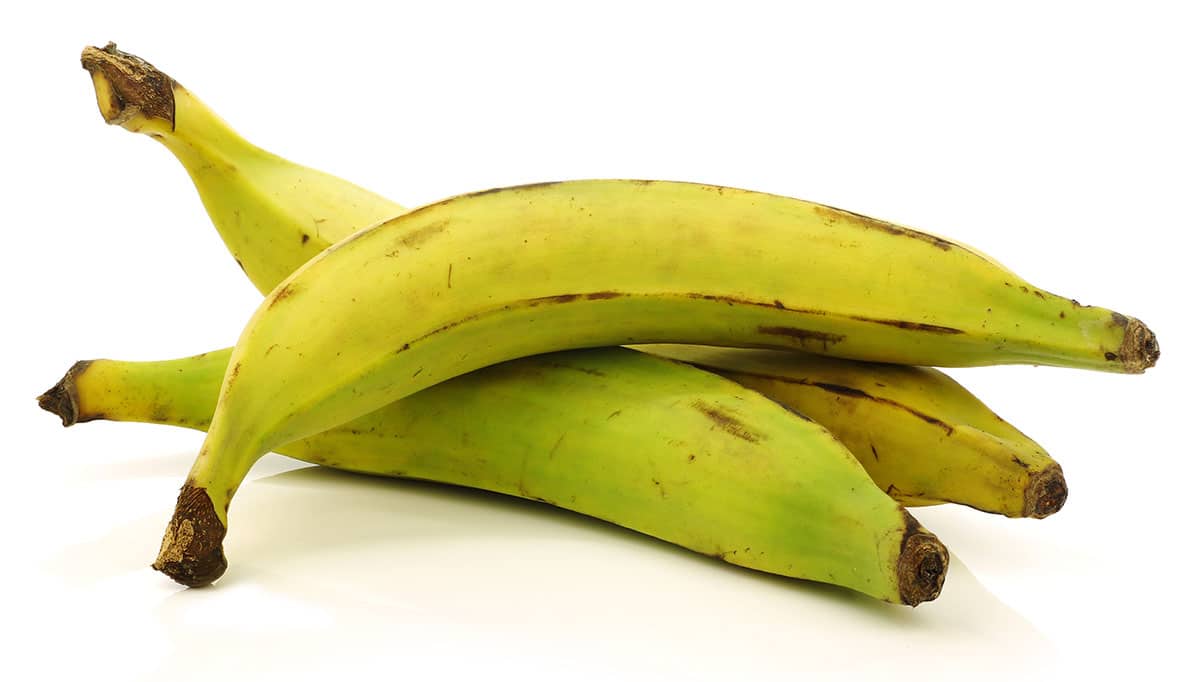
Plums
Plums were one of the first fruits we humans domesticated, which means we’ve had thousands of years to breed new varieties of plums. There are way too many to list them all here, but here are some of the main varieties you may come across as well as nutrition information, how to select, store, etc. Plums 101: Everything You Need To Know. A little primer: they are really healthy with a decent amount of fiber and vitamin C but only about 13 calories an ounce. Still, they are naturally sweet and make great sweets like this Homemade Plum Fruit Rollups Recipe.
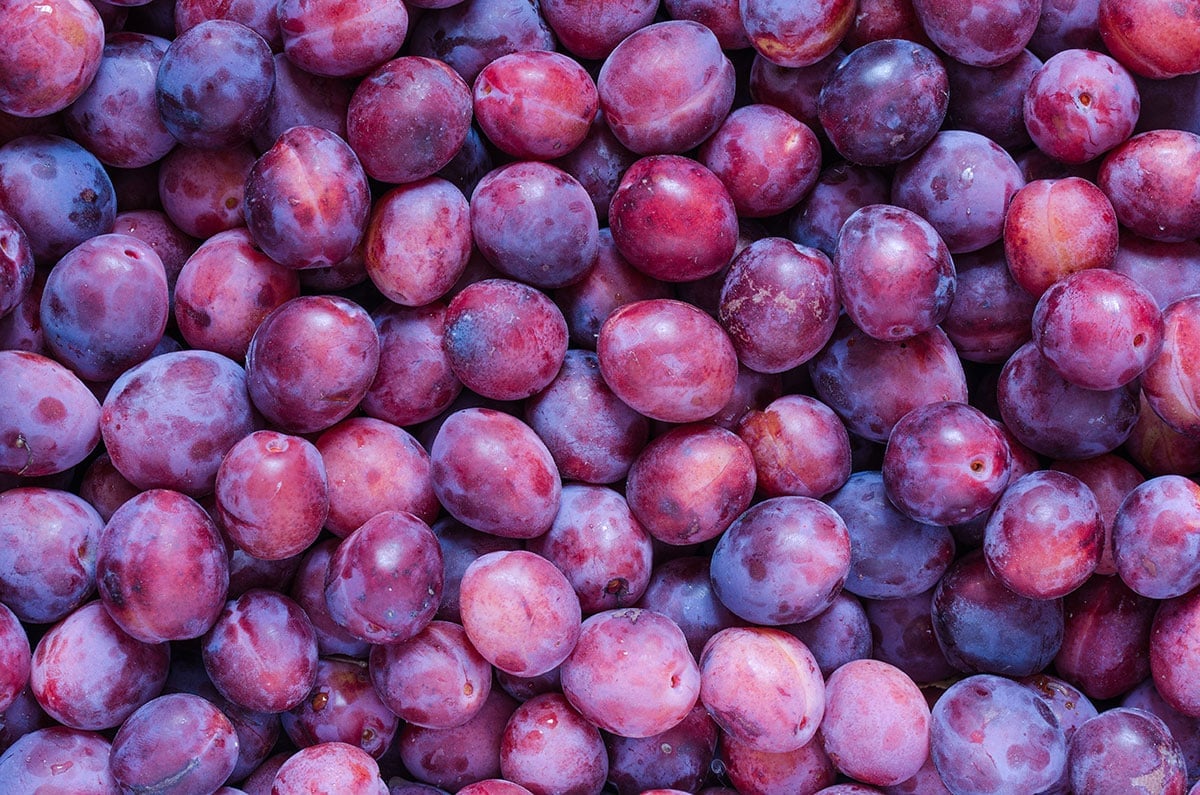
Plumcots
Plumcots are obviously a hybrid between plums and apricots. Breeders began crossing these two well over a hundred years ago, but it appears they occurred naturally well before that. Today you can find them commercially at places like Trader Joes, as if we needed another reason to go there. They have a good nutrition profile and can be used pretty much like you would either a plum or apricot.
Pluots
Pluots are another hybrid between plums and apricots developed in the 1980s. They are more plum than apricot, and look very much like a plum. Pluots are quite sweet and don’t suffer from that occasional tartness you find in some plums. They are a good plum substitute for recipes in which you want a sweeter fruit like this Homemade Plum Fruit Roll-Up.
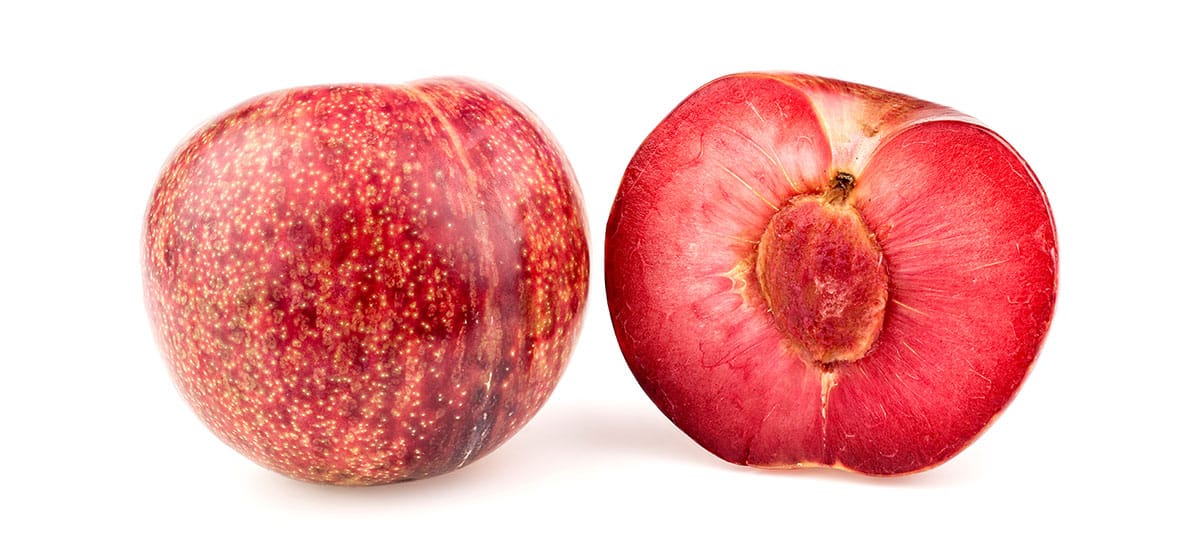
Pomato
Pomato is a combination (from grafting) of a tomato and potato. You can’t make this stuff up! The plant grows tomatoes and the roots potatoes. Sounds pretty efficient to us.
Pomegranate
The “pome” in pomegranate comes from the Latin word for apple, and the “granate” from the word for seed. But “granate” may also have come from the Old French word for “grenat”, which describes the deep red color of the fruit. Need some ideas on how to use pomegranates as well as how to deseed, store, etc? Just check out Pomegranate 101 and try this Pomegranate Sangria!
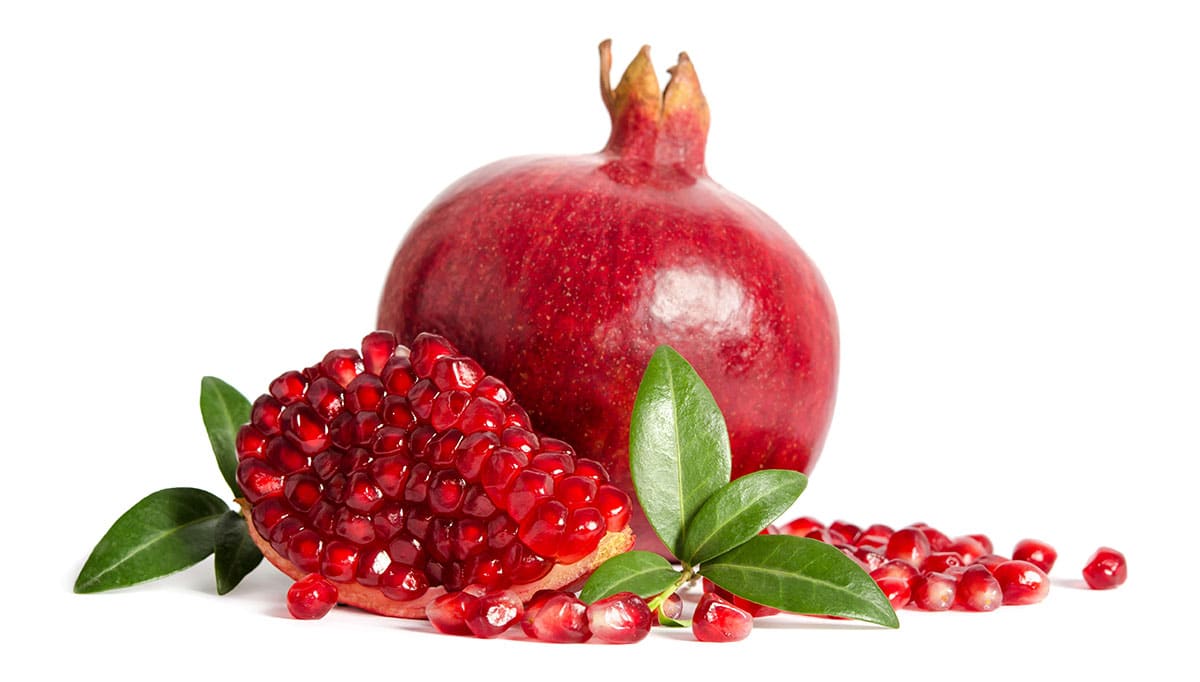
Pomelo
Pomelo is scientifically called Citrus Maxima. I know that is useless information, but anything called Maxima deserves recognition. These large citrus fruits taste very similar to grapefruits though they are generally sweeter. Pomelo is a natural fruit in that unlike many of the fruits on our lists it is not a hybrid. In fact, Pomelo is used in making many hybrid fruits.
Ponderosa Lemons
Ponderosa Lemons are a cross between a lemon and a citron, but you can pretty much use them in place of lemons. They have a thick bumpy rind, and are often grown ornamentally vs commercially. Our favorite use of lemons, outside of drinks, is The BEST Lemon Basil Risotto. Okay, the superlative “best” is a bit presumptuous, but we are pretty stoked about this recipe.
Prickly Pears
Prickly Pears are not your garden variety pear as they grow at the tip of a cactus, thus the name. Some say they taste like bubble gum, and they are often used in cocktails, jams and candies. They are wonderfully healthy, loaded with fiber, antioxidants, and vitamin C.
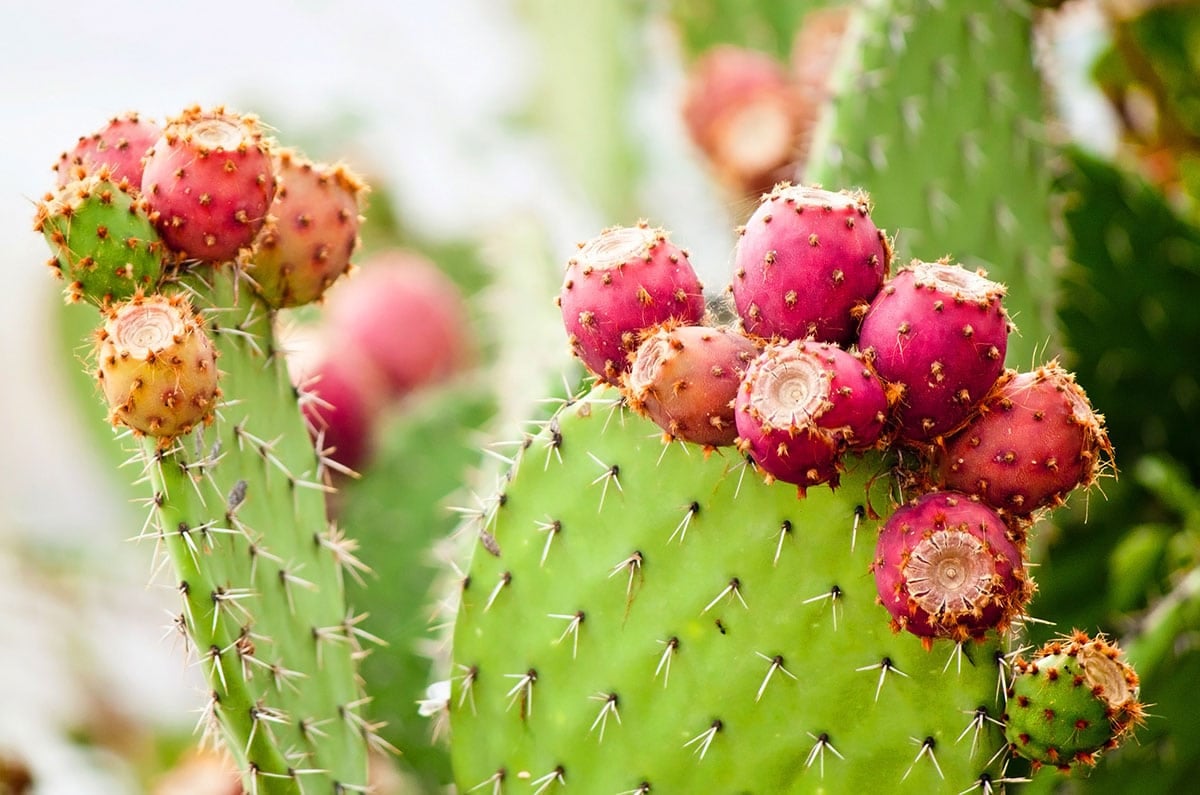
Prunes
Prunes are, of course, just dried plums though all plums cannot be made into prunes. After raisins they are the second most eaten dried fruit in the world. Prunes can be used in both sweet and savory recipes, but our favorite hands down is this No Bake Energy Bites Recipe (Ready in 10 Minutes!)
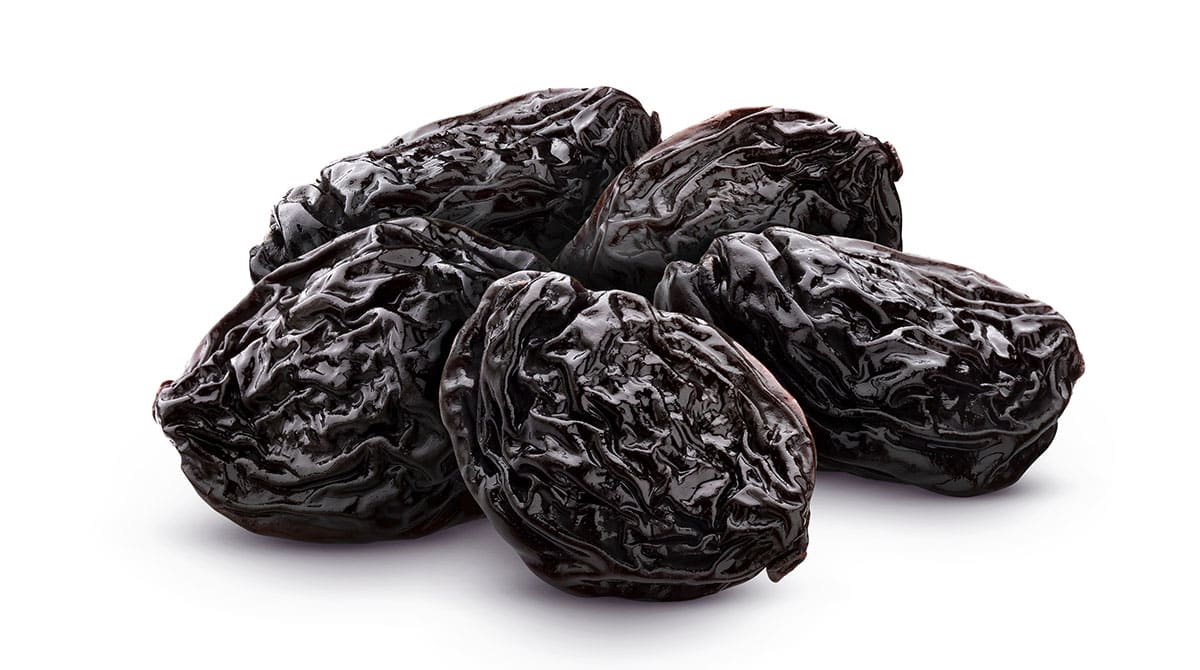
Pumpkins
America’s relationship with pumpkins is an odd one. We don’t often buy them to eat, but pumpkins are still one of the most popular crops grown in America, largely because of our desire to carve faces into them. Cooking with pumpkins, however, is so easy and delicious (especially when there are so many types of pumpkin to choose from!). The base for many great pumpkin desserts is a good puree. You can buy that at the grocery, or you can make your own pumpkin puree very easily. This is a great way to save money and not waste those pumpkins sitting on your porch.
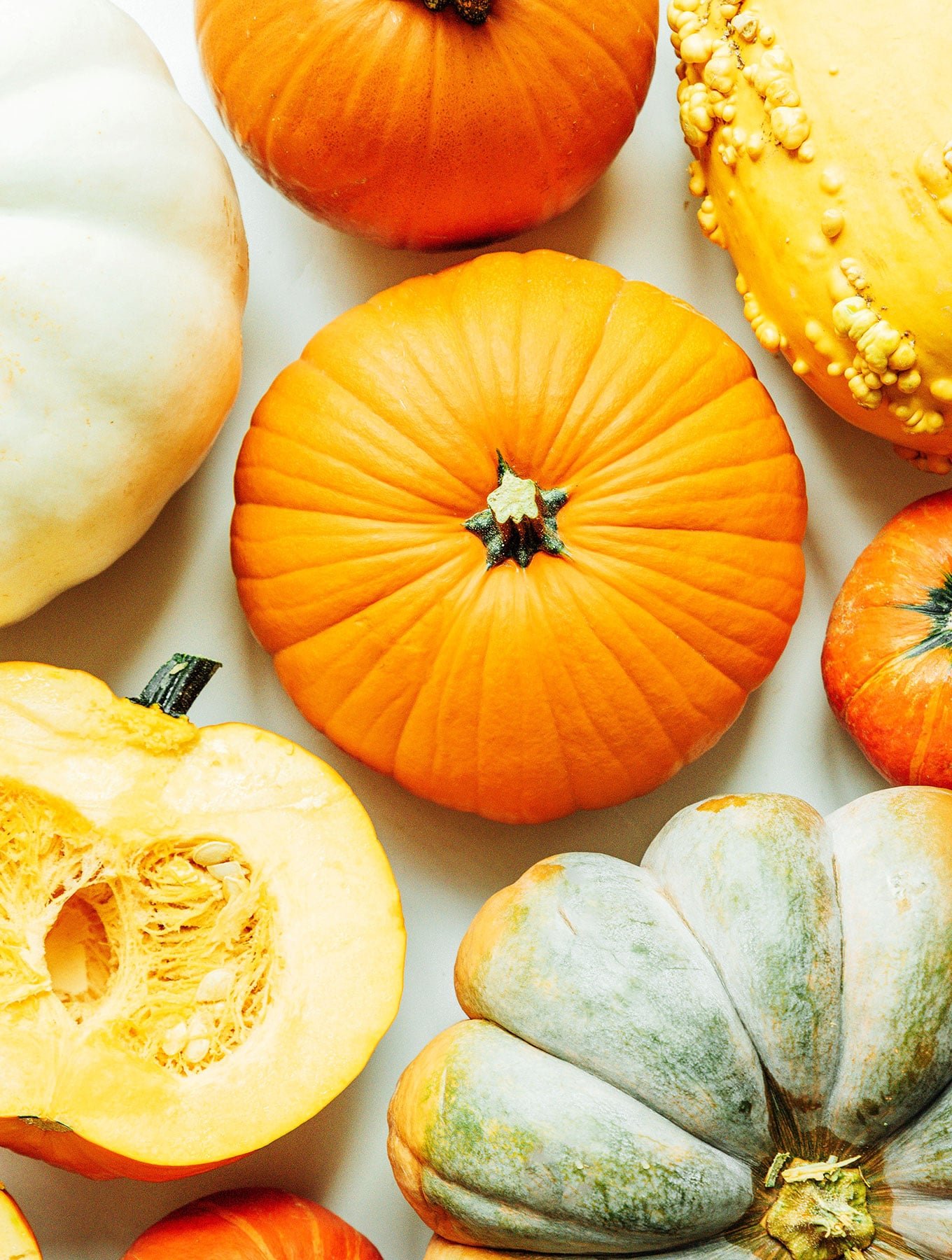
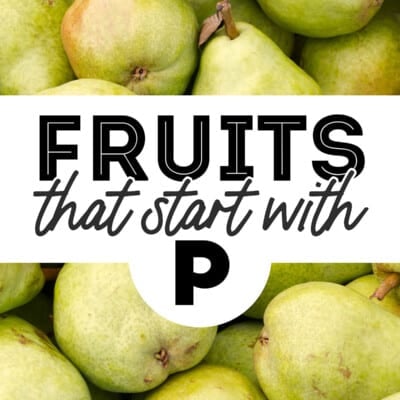
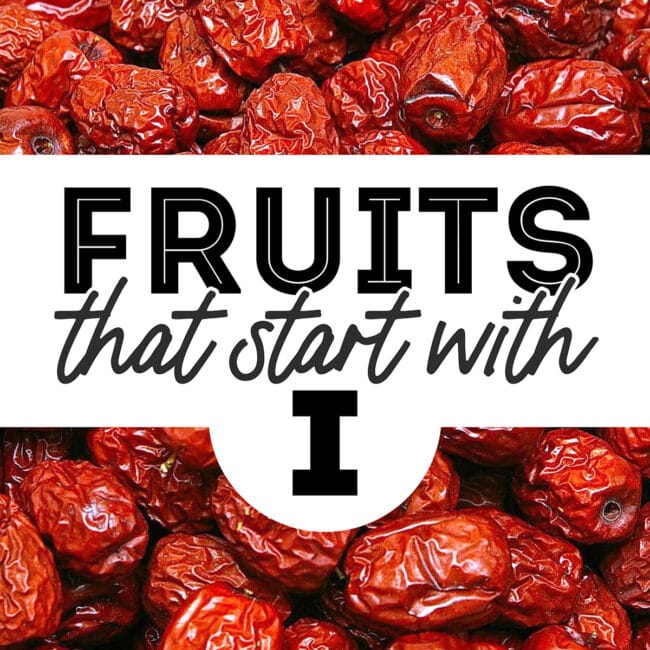
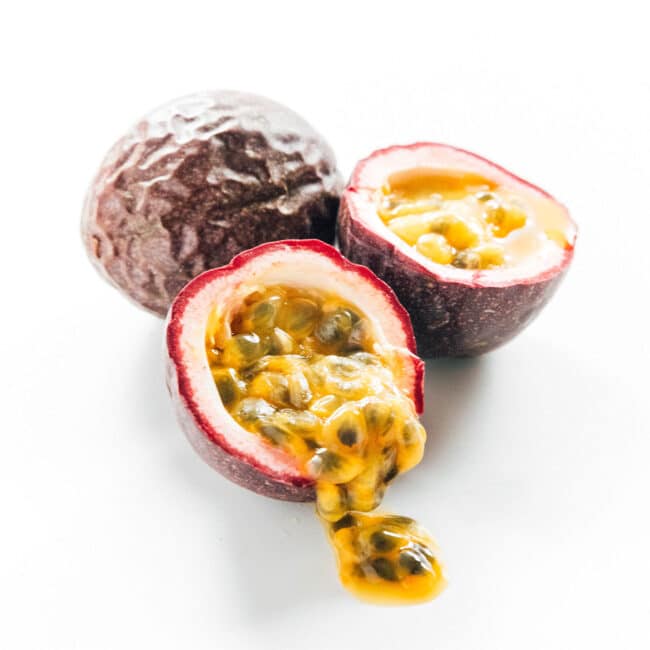
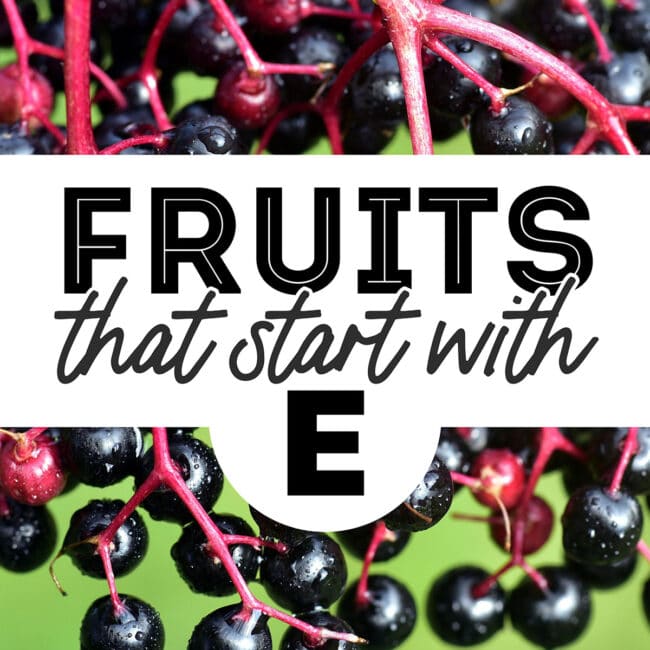
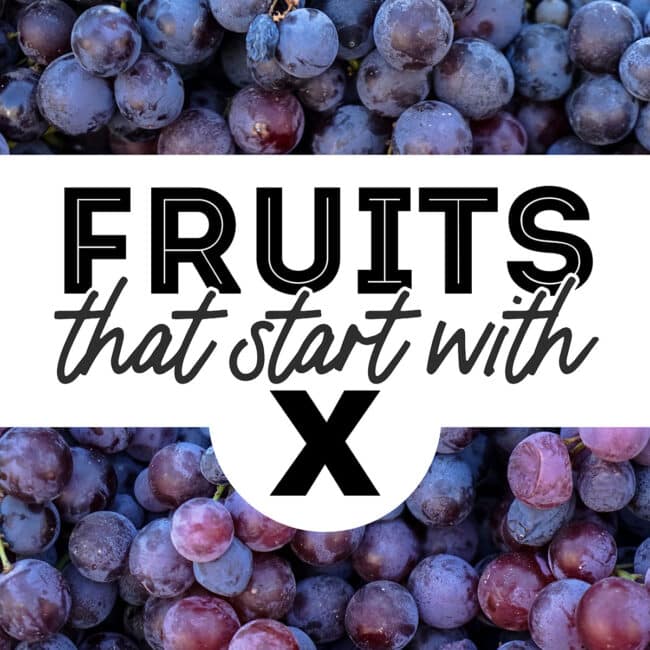
Stella says
My name is Stella please this fruit called pomegranate teach me how to prepared it for a Cancer patients . Thanks